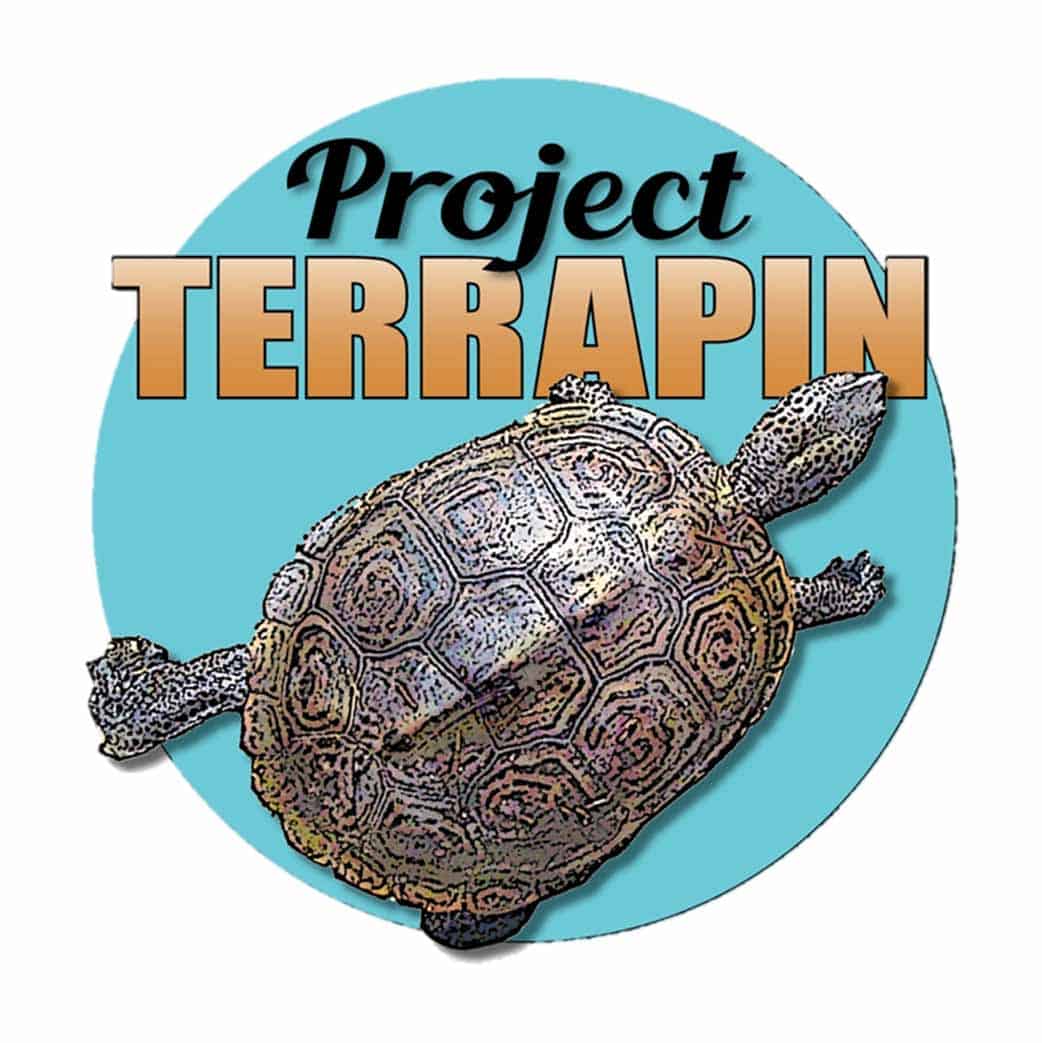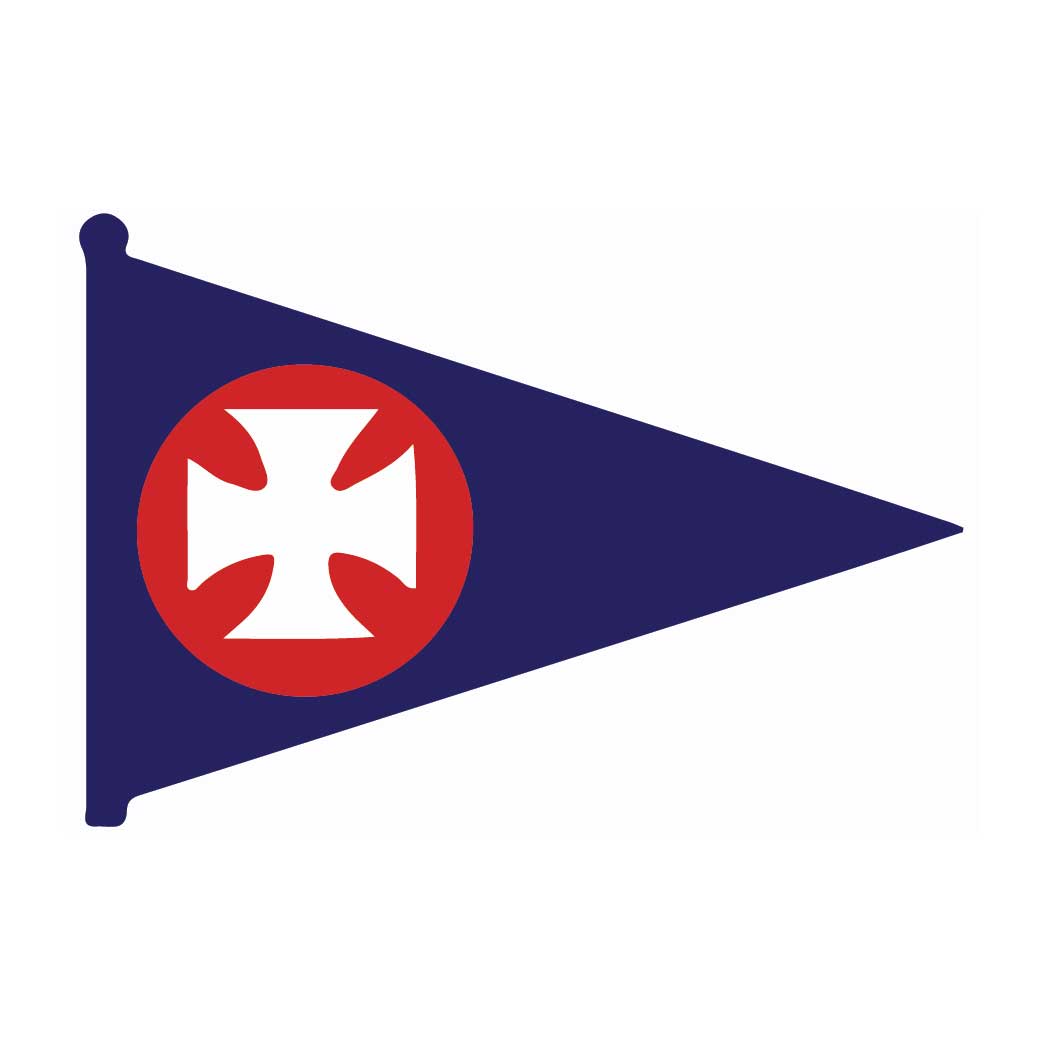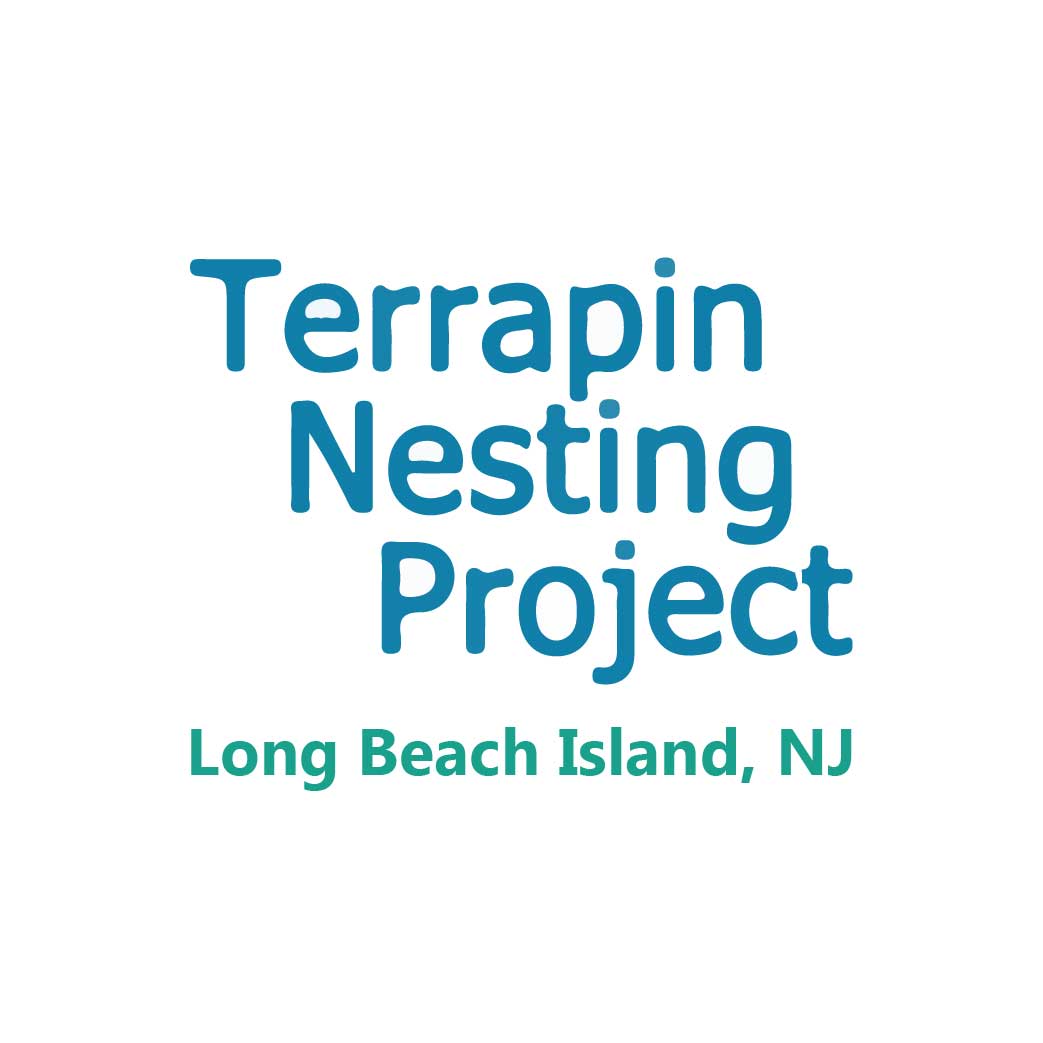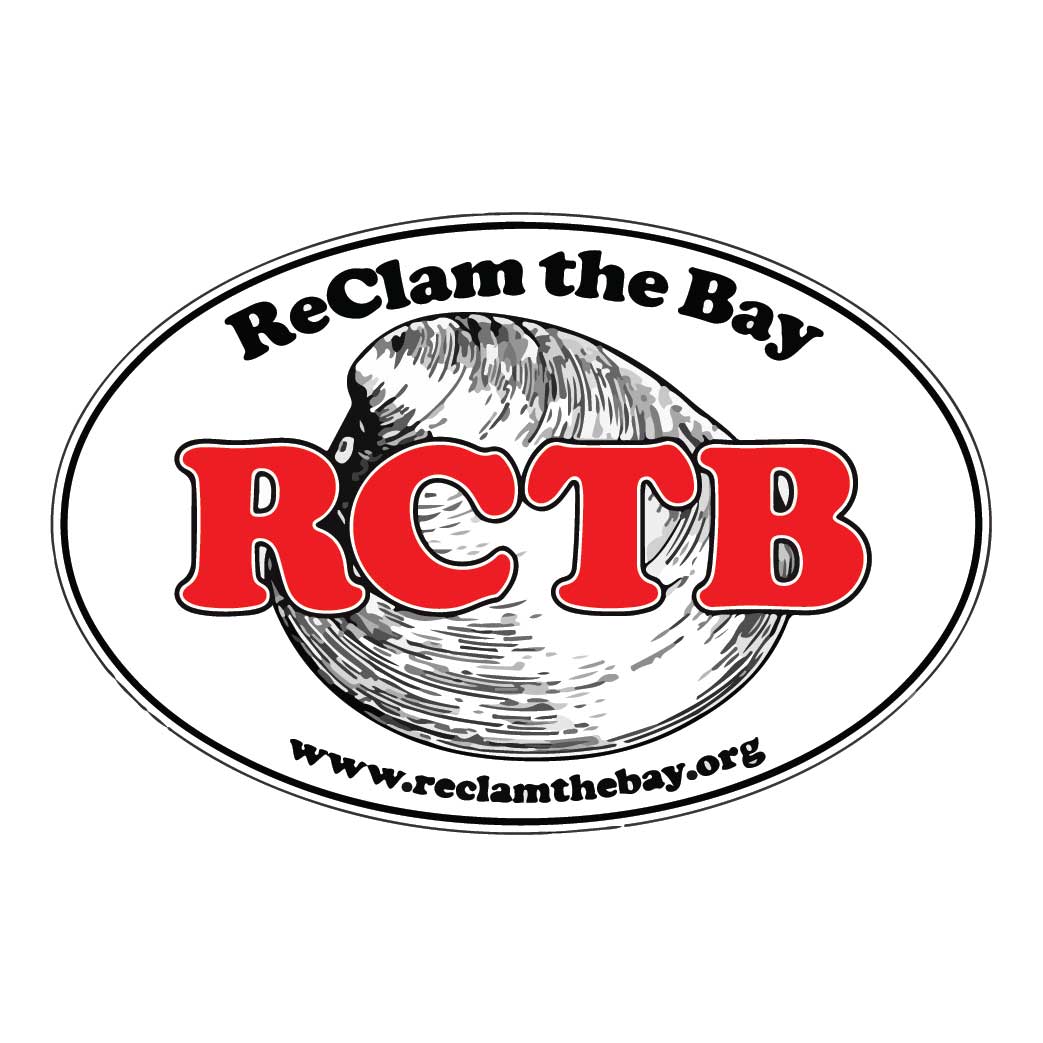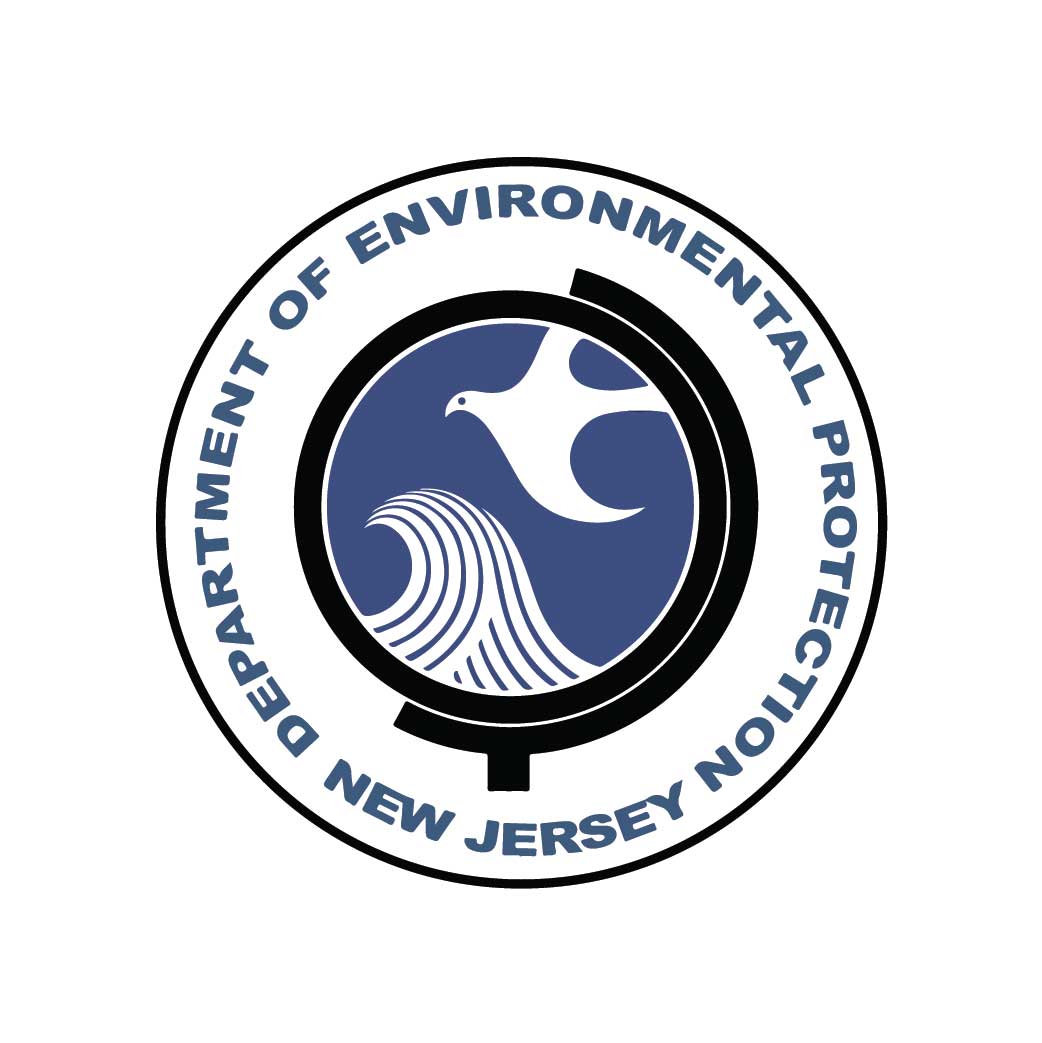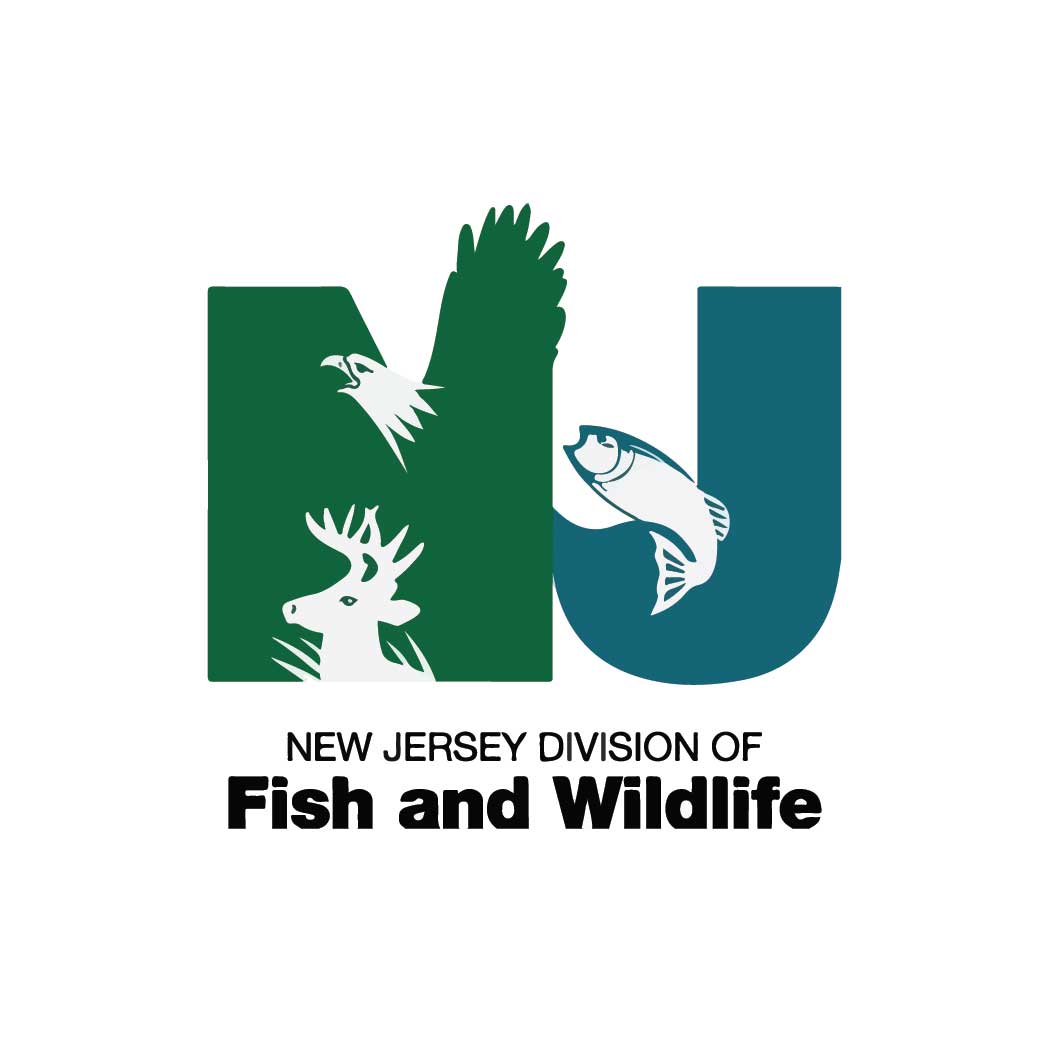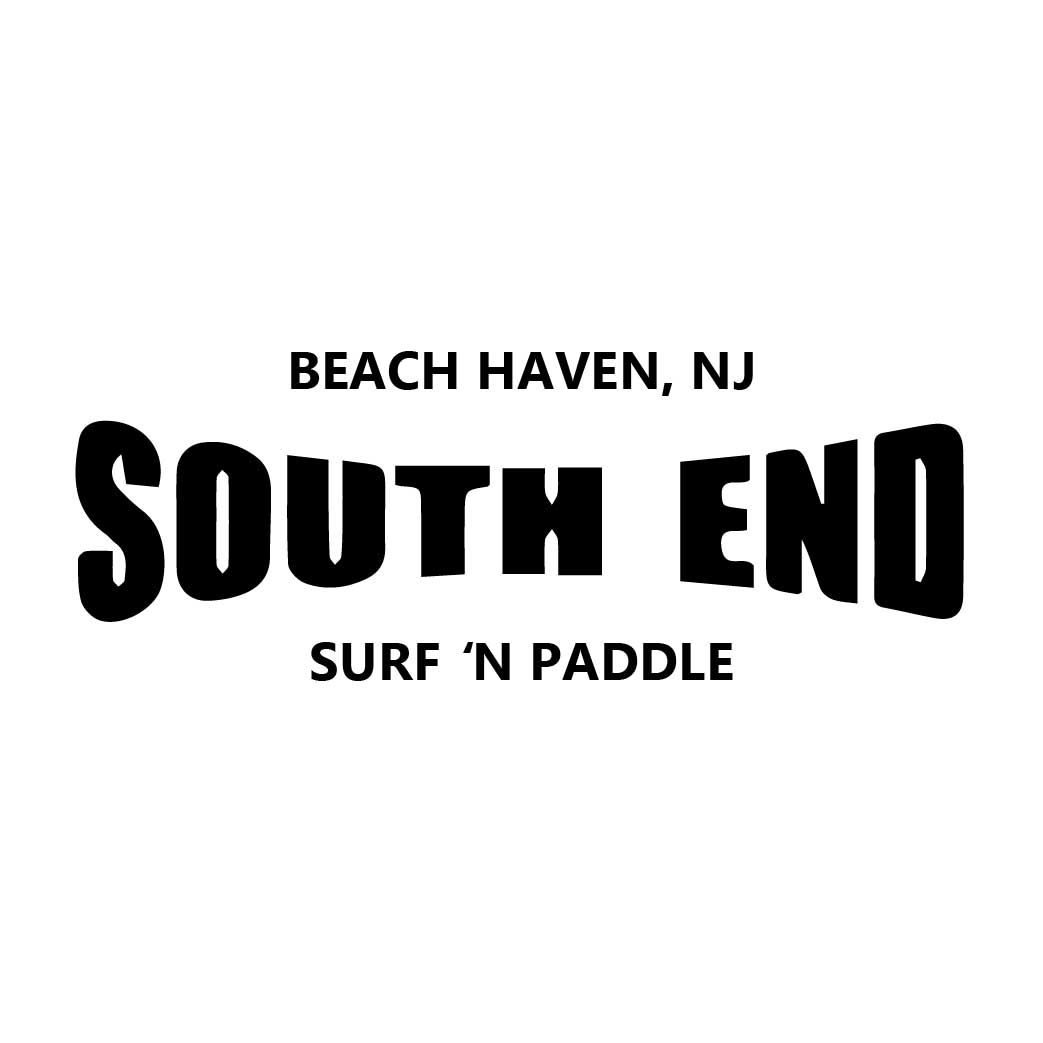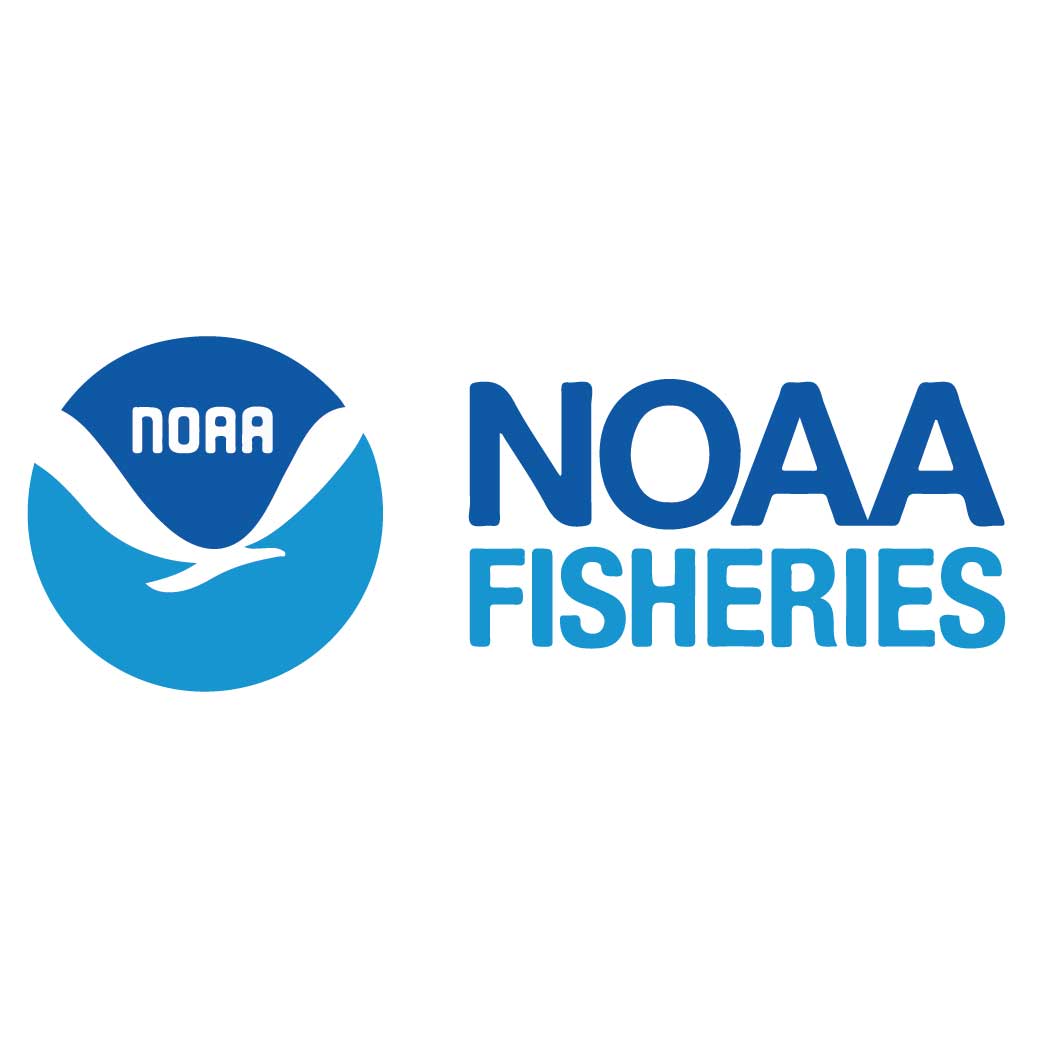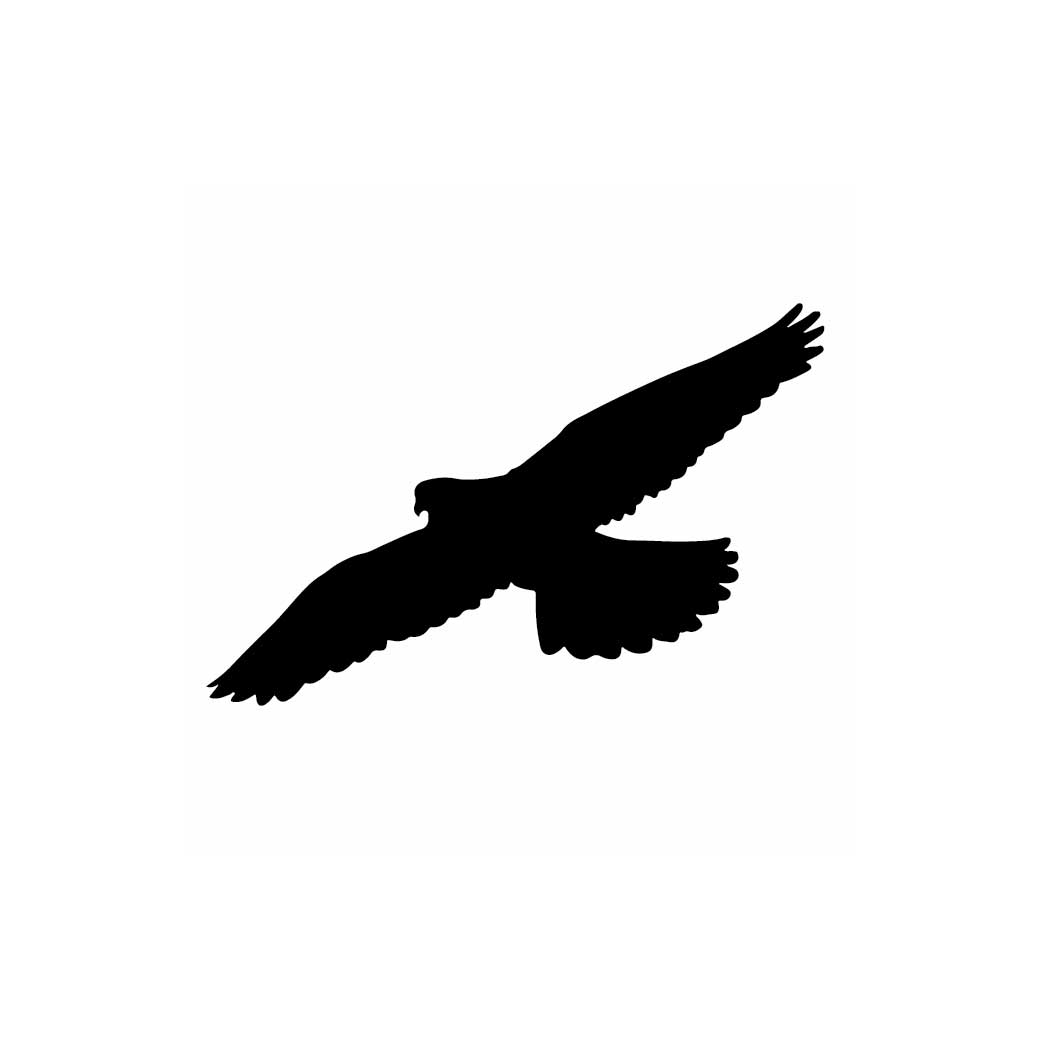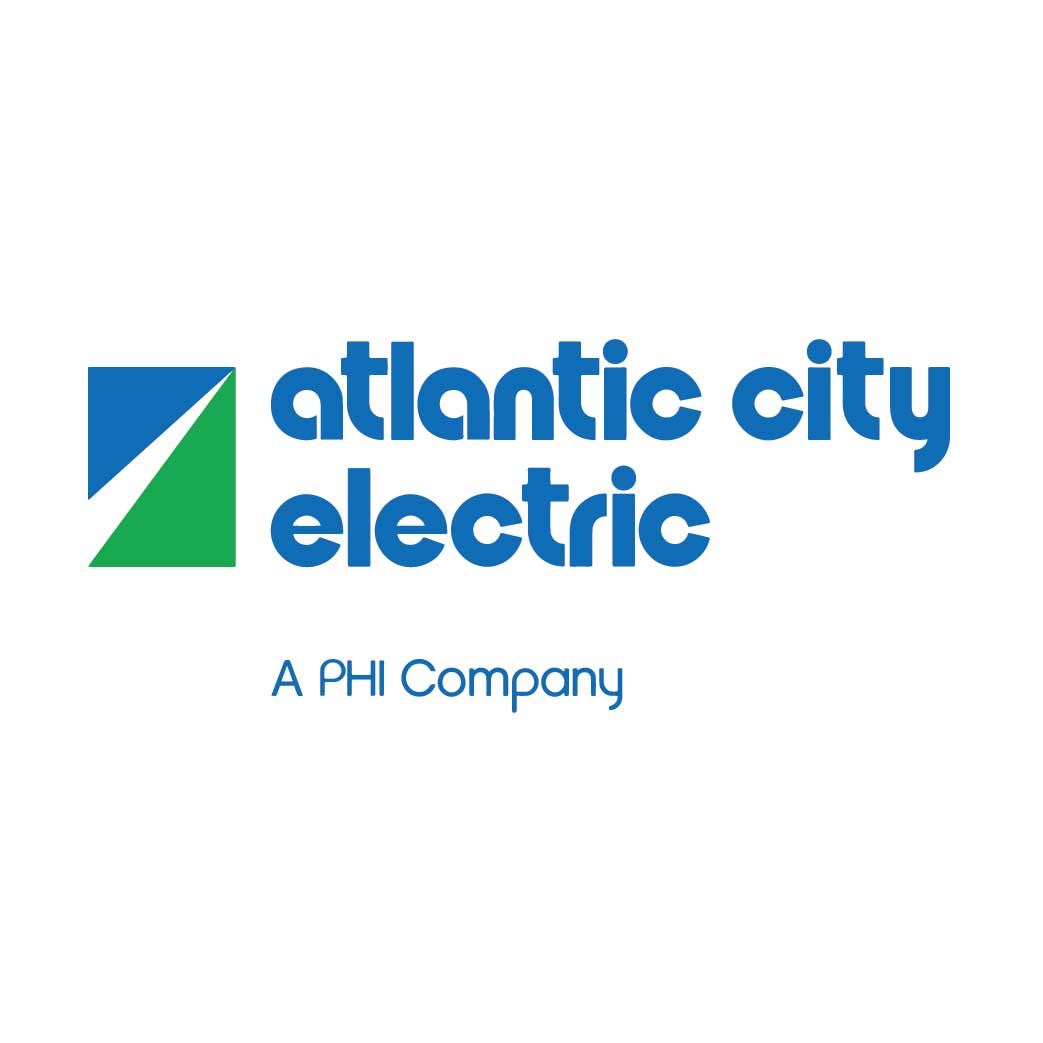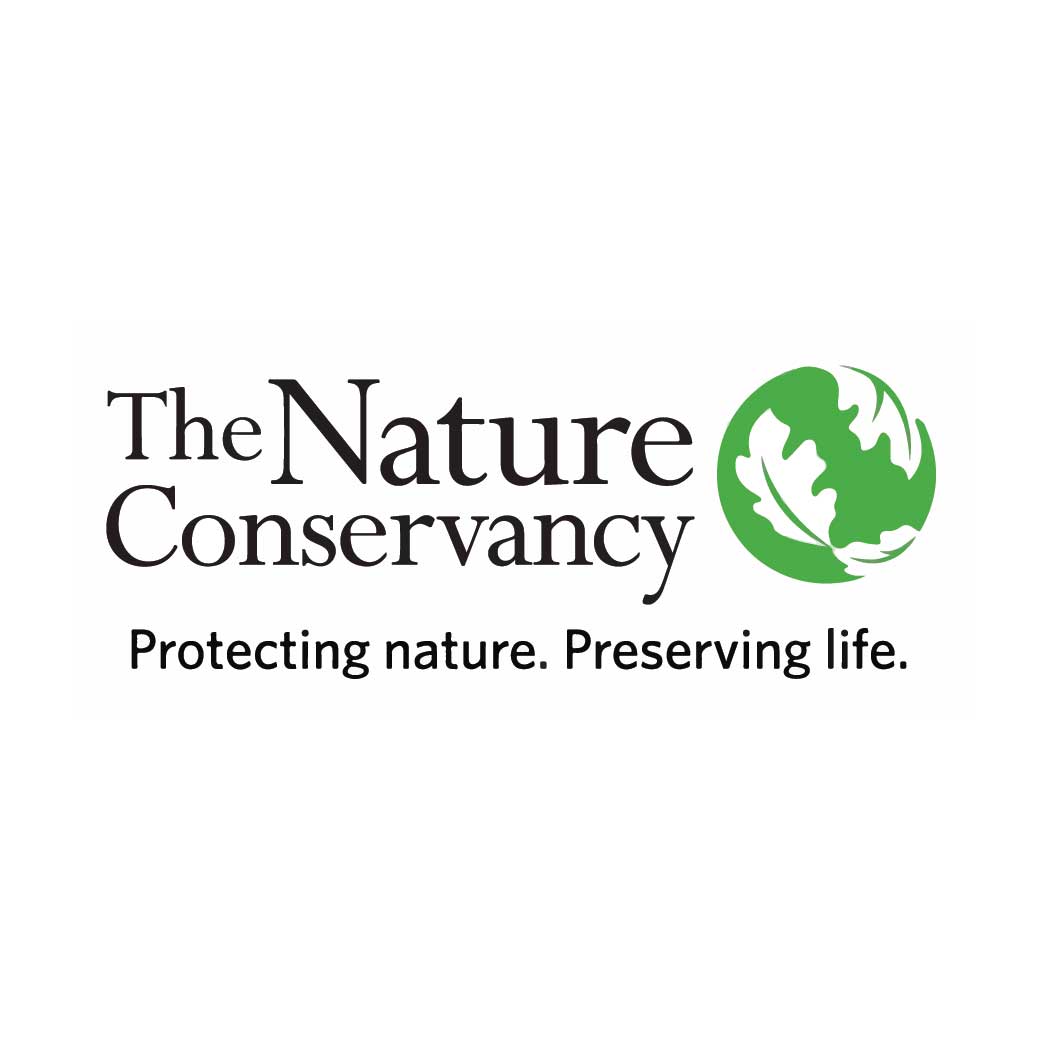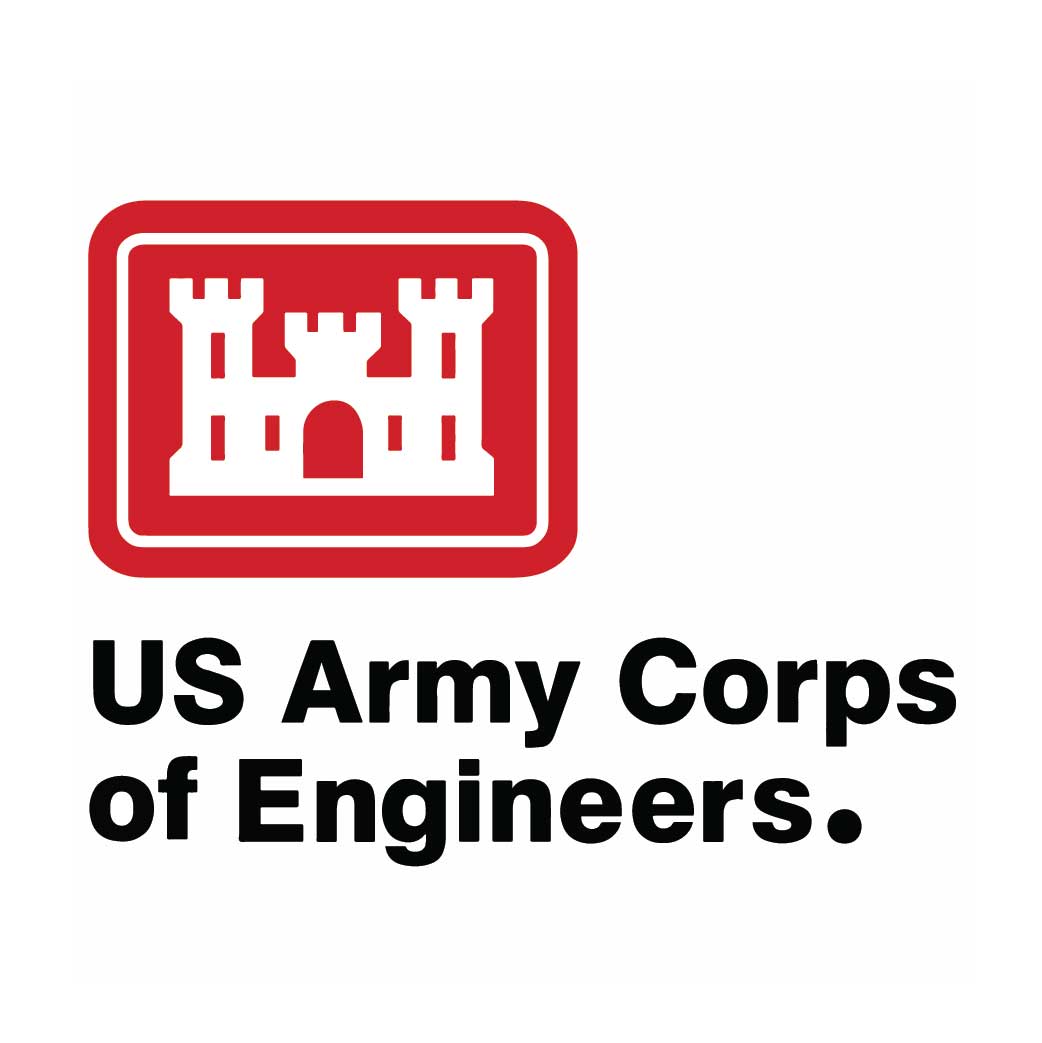Wildlife: Northern Diamondback Terrapins, Horseshoe Crab, invertebrates; shorebirds, passerines, Odonates, butterflies.
2020 Report
Substrate: A mix of sand/muck with high sand mounds sporadically located, Spartina grasses and native vegetation grow inland. Rolled layers of deep organic debris are deposited along the embankments.
Wildlife: Northern Diamondback Terrapins, Horseshoe Crab, invertebrates; shorebirds, passerines, Odonates, butterflies.
2020 Status: Severe calving and cantilevered embankments continue north of the breakwater structures. During higher tides, the bay is level with the shoreline, where deep, rolled, layered deposits of eelgrass and other organic debris is deposited, which attracted nesting American Oystercatchers and pre-nesting posturing Black Skimmers. Cowlicks were formed by Spartina Patens by mid-summer, which attracted Common Tern nesting. Elevated sand mounds, formed by winter’s north winds and summer storms, allowed for successful natural nesting by terrapins.
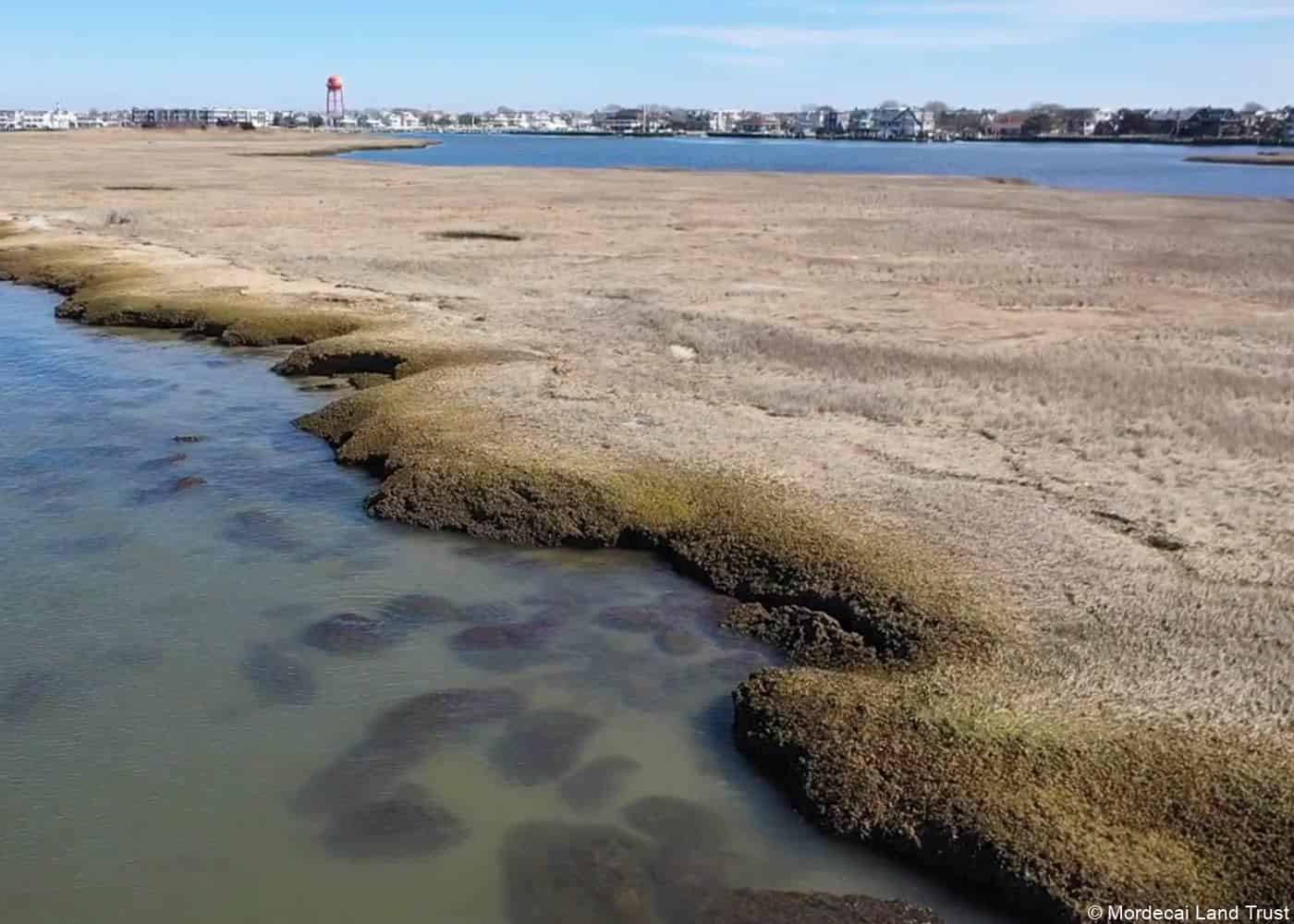
2019 Report
Substrate: Mixed sand/muck with high sand mounds sporadically located, Spartina grasses and native vegetation; and rolled layers of deep organic debris along the embankments.
Wildlife: Northern Diamondback Terrapins, Horseshoe Crab, invertebrates; shorebirds, passerines, Odonates, butterflies
Status: Severe calving and cantilevered embankments continues along the shoreline that is north of the breakwater structures. During higher tides, the bay is level with the shoreline and deep, rolled, layered deposits of eelgrass and other organic debris are deposited. Cowlicks are formed by Spartina Patens by mid-summer.
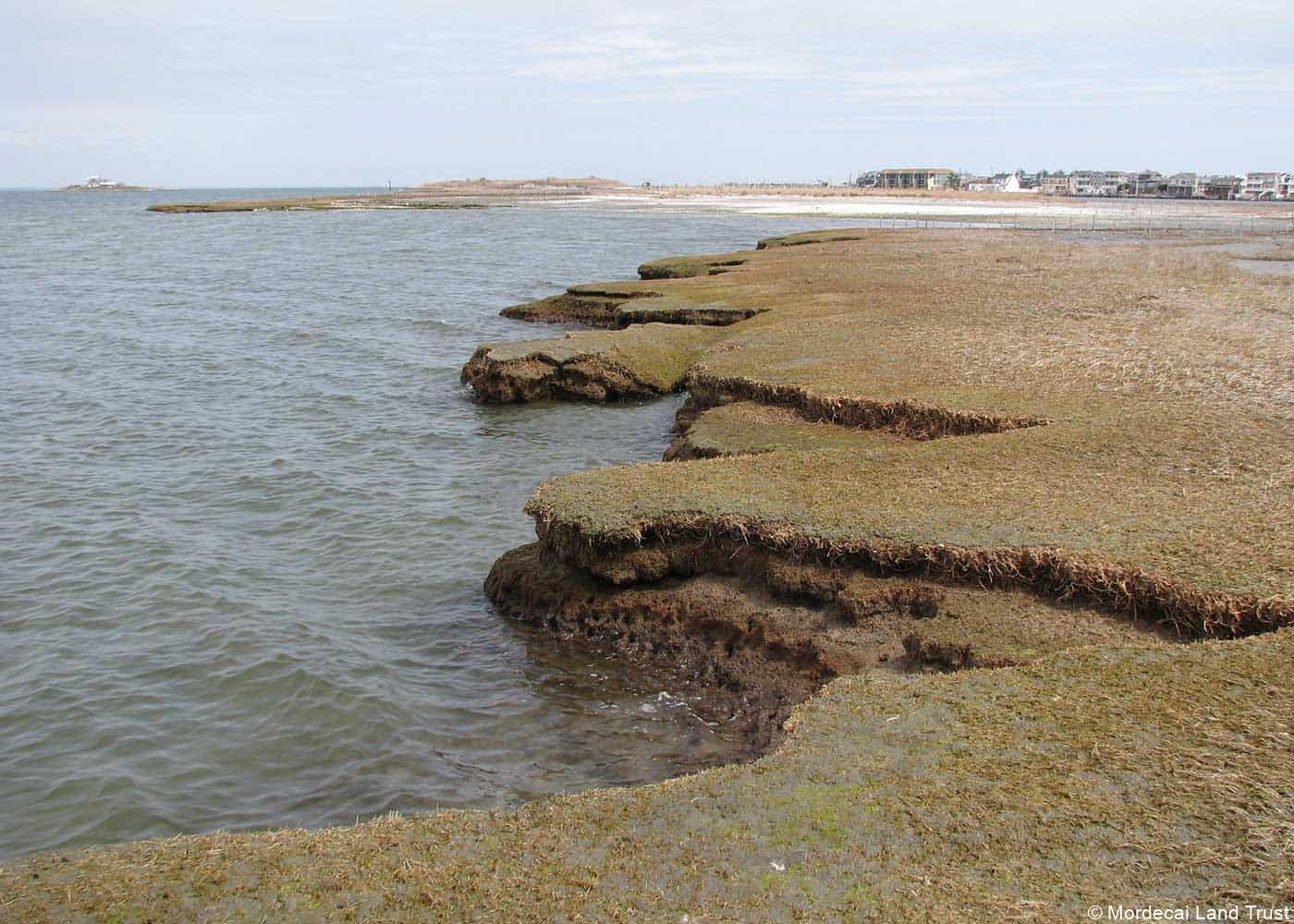
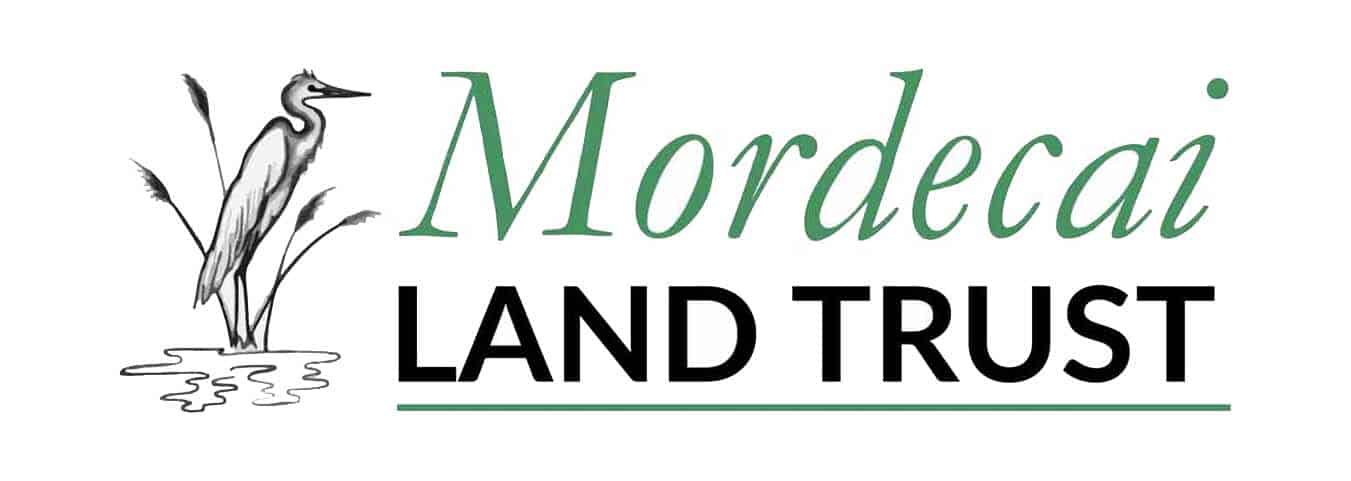
The IRS has determined that the Mordecai Land Trust is tax-exempt under section 501(c)(3) of the Internal Revenue Code of 1986 (“Code”) and not a private foundation pursuant to sections 509(a)(1) and 170(b)(1)(A)(vi) of the Code. Mordecai Land Trust was established in 2001.
Opt-in to email updates



